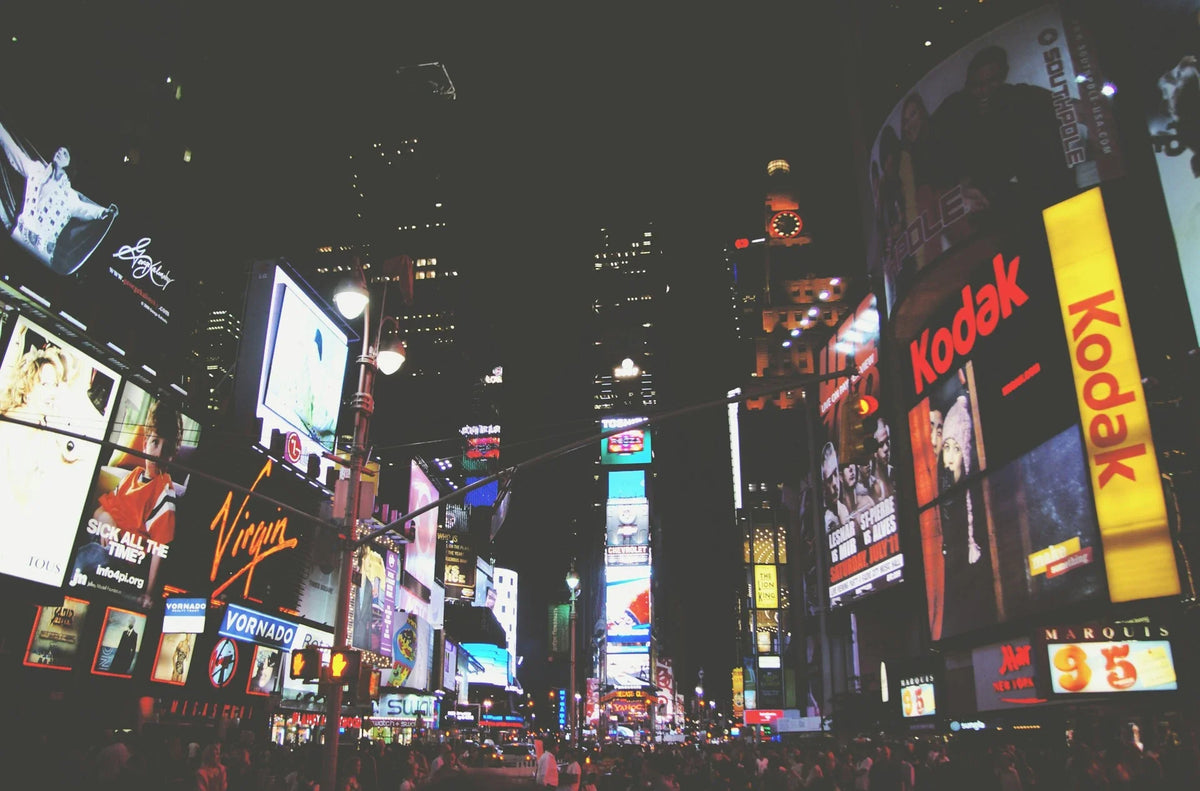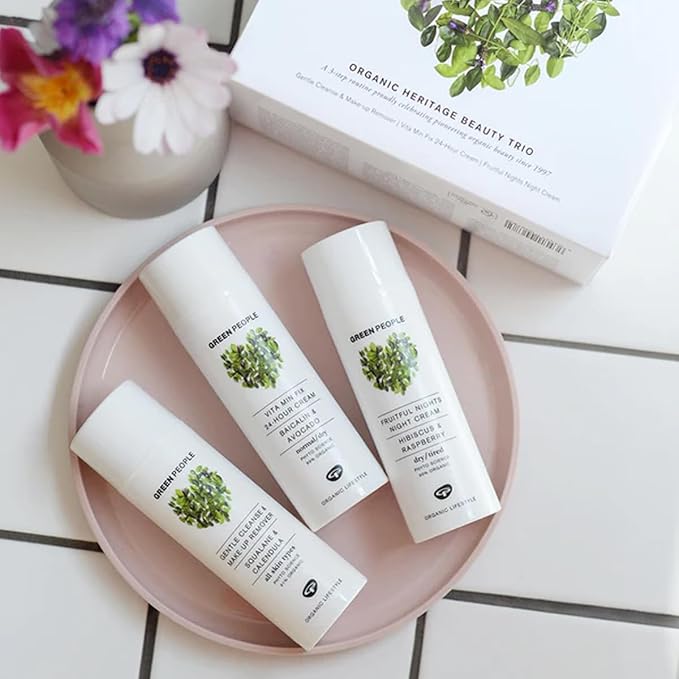First-time visitors to Georgia often want a clear, stress-free introduction that balances culture, nature and everyday comfort. Many begin in Tbilisi, where the airport sits close to the city centre and the compact Old Town allows easy walking between the sulphur baths, Narikala cable car and riverside viewpoints. Sustainable travel here means choosing walkable routes, local cafés and small hotels that support the community. Short trips to Mtskheta add historical depth without long drives, while Kakheti introduces wine traditions through slower, guided visits that reduce unnecessary transport. Some travellers combine Tbilisi with Batumi, using efficient internal travel rather than multiple flights. At Friendly Turtle EcoBlog, we encourage first-time visitors to travel Georgia responsibly by pacing itineraries, staying in family-run guesthouses, joining small-group tours and respecting local ecosystems. These mindful choices help reduce environmental impact while still offering a rich, authentic experience of Georgia’s cities, landscapes and traditions.
Share your articles with us and get published! Reach out at hello@friendlyturtle.com.
Eco-Friendly Design Tips for Outdoor Ads That Make a Difference

Everyone knows that outdoor ads are the most powerful way to grab people’s attention and spread your message. However, these ads usually use materials and methods that can harm the environment. That’s why it’s very important to adopt eco-friendly design tips and make outdoor ads that have a positive impact on the planet and attract viewers at the same time. If you don’t know how to achieve this balance, let’s explore it together!
Choose Sustainable Materials
If you want to create eco-friendly outdoor ads, the first step is to choose materials that are good for the environment. What does this mean? Well, traditional billboards and ads are usually made of non-biodegradable materials such as vinyl or plastic, and these can take hundreds of years to break down. Instead of this, try to use sustainable materials like recycled metal, bamboo, or biodegradable cardboard. When it comes to plastic signs for businesses, you should consider recycled plastic. It reduces waste and also gives a second life for discarded materials. These signs will last a lot - they are durable, resistant to any extreme weather, and will keep their professional appearance for a long time. It is a very practical and sustainable choice for your outdoor advertising.
Use Less Energy
It’s important to do as much as you can to be energy-efficient if your outdoor ads include lighting, like illuminated signs or billboards. How to be energy-efficient in this case? Switch to LED lights for the beginning - they use less energy than traditional bulbs. They also last long, which means they don’t need to be replaced often, and there is not much waste. If you use digital billboards, try using solar power to run them. Solar panels draw energy from the sun during the day and use it to light your ad during the night. This reduces your reliance on fossil fuels but also lowers your energy bills. Trust us, your outdoor ads can shine strong without damaging the planet.
Choose Minimalist Design
Less is more - always remember this. Minimalist design will not only draw attention - you will also need fewer resources to create the ad. Focus on clear, bold text and visuals that will spread your message effectively. You can use a smaller amount of ink or paint but still create an ad that will have a strong impact. Minimalist ads are also easier to recycle because they have fewer layers of materials.
Use Natural Elements
Nature is a powerful element in outdoor advertising. If you include it in your design, you will create ads that are attractive to the audience and eco-friendly at the same time. For example, you can use living walls or vertical gardens as part of your ad. They have plants and moss that will improve air quality as well, so it’s a win-win situation. Another option we would recommend is to use wood from forests that are managed sustainably. You can use wood to create rustic ads but still keep eco-friendly practices.

Use Eco-Friendly Printing Methods
Another eco-friendly design tip for your outdoor ads is to choose printers that use water-based or soy-based inks. These inks are less harmful to the environment than solvent-based inks. It is a small detail, but it can make a huge difference when it comes to waste and pollution. You can also print only on demand and avoid any overproduction if you want to reduce waste. Print just the necessary number of ads - don’t let your inventory go to waste. Printing is an important part of the advertising process, so make sure you do it smart and properly.
Consider Digital Advertising
Finally, the best way to be eco-friendly when it comes to advertising is to shift to digital outdoor advertising, of course. This can mean only one thing - digital billboards and screens. Using them, you can display many different messages on a single platform, meaning that you won’t need physical material for each message. These can be updated remotely - however, it’s important to be responsible while using them. Always use renewable energy sources when powering these digital ads, such as wind or solar. This is the only way to be innovative but still sustainable.
As we have already mentioned, your outdoor ads can shine strong and bright without damaging the planet. Ecology is not just a trend - it must be included in every part of our lives, and outdoor advertising is no exception. If you choose to be eco-conscious and adopt any of these tips, you will create powerful ads that will support true values.
0 comments
Let customers speak for us
Blog posts
A calm, multifunctional garden can be more than a pretty backdrop it can become a practical extension of your home that supports slow mornings, outdoor meals, and genuine downtime. In this Friendly Turtle EcoBlog guide, we look at simple, sustainable ways to shape an outdoor space that feels organised, welcoming, and easy to use throughout the week. Start by creating clear “zones”: a quiet seating corner for reading, a dining spot for relaxed lunches, and a flexible open area for play or potting. Light-touch structures, such as an airy pergola or a sheltered veranda, add definition without blocking daylight, making the garden usable in changeable weather. Keep the mood restful with layered planting: evergreens for year-round structure, seasonal flowers for colour, and lightly scented herbs near paths. Choose reclaimed or recycled materials where possible, add soft warm lighting, and reduce water waste with mulch and a simple rainwater butt. The result is a garden that feels calm, functional, and kinder to the planet.
Finding the right mental health support in Woodland Hills starts with checking credentials, treatment approach and access to care. Look for licensed clinicians with training in evidence-based therapies such as CBT or DBT, and ask whether programmes offer coordinated psychiatry, talking therapy and crisis support when needed. The best providers also explain your options clearly, from outpatient sessions to more structured day programmes, and may include complementary practices that support recovery, such as mindfulness, movement and nutrition guidance. At Friendly Turtle EcoBlog, we often explore how everyday choices shape wellbeing; this guide applies the same practical lens to mental health care, helping you compare services, understand what ‘holistic’ really means, and choose a setting that feels safe, respectful and tailored to your needs. It also highlights practical questions to ask about availability, confidentiality, fees and insurance, so you can make a confident, informed decision.



